An inside-out look at success and anxiety
ANAHEIM, California—They’re Disney’s heaviest hitters, with combined box office earnings that could run a small country. Onstage at the Anaheim Convention Center—where, down below, “ultimate fan event” D23 whistles merrily along—is the company’s formidable studio A team: Disney Entertainment co-chairman Alan Bergman, Pixar CCO (chief creative officer) Pete Docter, Disney Animation Studios CCO Jennifer Lee, Marvel Studios president Kevin Feige and Lucasfilm president Kathleen Kennedy.
Just two days before, they announced a mind-warping roster of new series, sequels, animated features and original movies before a crowd of 12,000 fans at Honda Center. It’s the ultimate mic-drop moment for Disney: What comes next?
With Inside Out 2, we hit something big with Anxiety—there’s definitely a lot of anxiety in the world, which is kind of sad to say.
With seven studios, Disney is now home to more than half of all $1 billion-plus movies ever made—a stunning 31 out of 55 titles. Two panel members—Feige and Kennedy—have topped $2 billion box office with releases, while another $2B club member who is not present, James Cameron, has three on that coveted list (Titanic, Avatar, Avatar: Way of Water). “This team never gives up,” Bergman says of his panel. “If you look at the hit rate of this group right here, how many at-bats they’ve had and how many hits they get, there’s no team stronger.”
You’d think with all that superhero muscle at the box office, they’d be able to spot a hit way
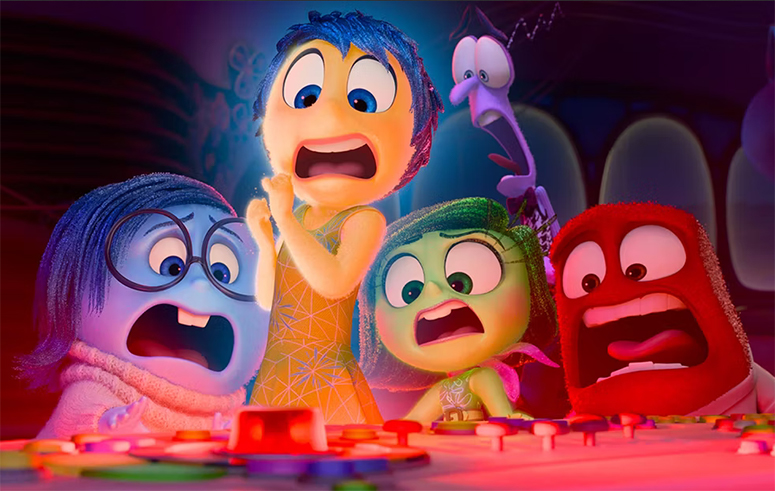
in advance—maybe using some kind of X-Man mutant precognition. But the truth is a little different.
“It’s always a crapshoot,” says Docter, whose recent Inside Out 2 will likely top box office records for 2024, raking in $1.6 billion worldwide. “It’s not science—t’s kind of a mystery, or else we’d consistently deliver $2 billion movies.” It may not be science, but Docter, whose Pixar projects tap into the zeitgeist through emotional connection, explains the process: “We try to dive in and find out as much as we possibly can about the science”—in this case, learning all about emotions from various mental health professionals and consultants.
“For storytelling, we try and find that part that’s going to be the most raw nerve, the most connective with everybody.” With Inside Out 2, he says, “We hit something big with Anxiety—there’s definitely a lot of anxiety in the world, which is kind of sad to say. Actually, what we were trying to do was explain it, and understand it, and give people tools to talk about it in an entertaining way.”
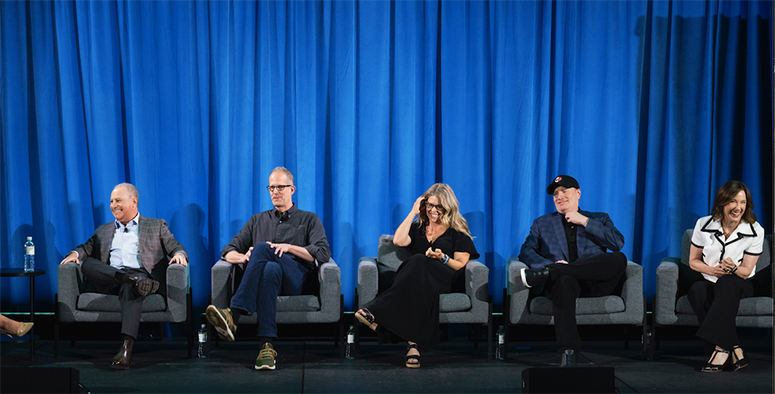
While there’s often anxiety behind the scenes at Pixar, Disney Animation, Lucasfilm and Marvel, it’s a necessary step of the process. “We feel the pressure to live up to our own standards,” explains Docter. “We’re the first audience, we’re making the movies and we want to deliver something that we can be proud of.”
Lee, whose Moana 2 comes out Nov. 27, adds: “You can’t know what’s a hit, but you always have to fight for what you think the story is. You can’t try to be the same. And taking those risks can be scary; sometimes they don’t work out, but that’s how you make those discoveries that hopefully break through.”
Feige, who has six Marvel titles in the top-grossing top 20 list, says “It never really works to sit down and say, ‘How are we going to make this bigger, with more explosions, more characters?’ That rarely leads to success.”
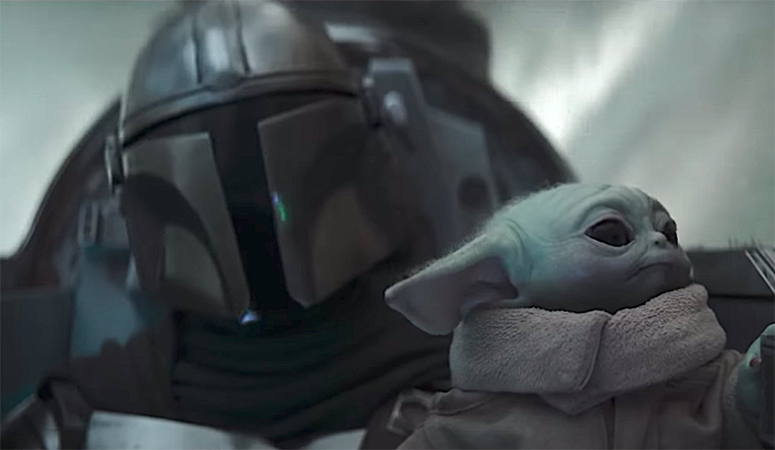
There is a constant expectation that these heavy hitters will knock it out of the park, every single time. “It becomes expected that everything will break records,” says Feige. “So when we had, last year, some disappointments for the first time—I won’t say it’s good, but you try to find something good out of that. One of the good things is that now, you don’t take the successes for granted.”
Kennedy, who worked with George Lucas back in the early Industrial Light and Magic (ILM) days, notes that cutting-edge technology is no guarantee of success: “With the advancements made over the years in ILM, it’s always been in service to an idea. So when we’re asked to get involved in anything that has to do with technology, many of the people inside ILM want to know ‘What’s the story? What are we trying to say? What do you want to feel when you see something?’” Sometimes, as with their first big hit for Disney+, The Mandalorian, it’s all about a core emotional connection: “The one thing that’s the hardest in the collaborative process is being able to capture what that emotional engagement is, because ultimately that’s the most successful film, when it hits you emotionally. And the simplicity of that is what’s so elusive because it often is that very, very simple idea that you’ve just been in search of.”
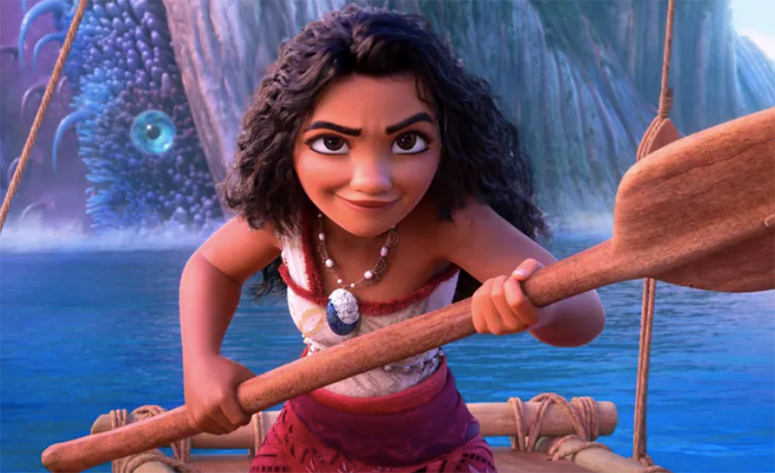
While box office stats make this a superhero dream team, it largely relies on an exceptional mutual support system. Lee, who’s steered Disney Animation hits from Frozen to Zootopia to Moana, says, “Our process is intense collaboration, at a level that’s unexpected. It begins with working with people supporting the idea, challenging the idea. Pre-writing, infinite drafts. And you’re never alone in the process. It’s what helps you stay accountable to the process. You can’t say, ‘Well, I like it.’ It’s like, ‘No!’”
Tough love, maybe, but “they’re all rooting for each other,” adds Lee, “and it’s so inspiring. There’s absolute love for what they do, and on tough days they get it.”
Which leads Docter to spread his arms wide: “Group hug!”
When he first took over the Marvel Cinematic Universe, Feige had long marveled (no pun intended) at Pixar’s seeming invincibility. “We joined the Marvel company and a lot of our films and ideas just fell flat, and until I heard Pete talk about the leadership of Pixar, I literally thought it was just us—I thought Pixar, the golden egg just popped out of the brain, perfect, and we were the schmos, struggling, screwing up and barely making it. So when I heard that from Pixar, of all places, I thought oh, it’s not just us. And in fact, that might be part of the secret—that there’s isn’t one, except for trying, failing, trying, failing, trying.”
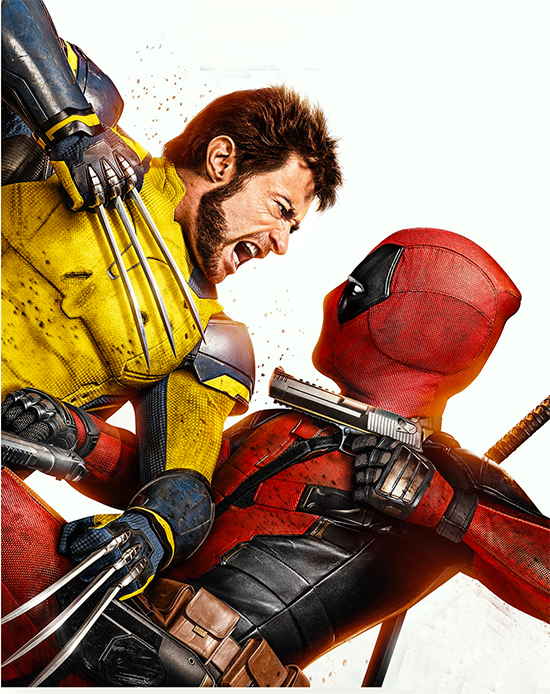
“You need to be able to take risks and have it fall flat on its face,” says Docter. “And that’s when it’s good to be surrounded by other filmmakers who can say, ‘You know what you could do?’ And then you get up and start all over again.”
Something else has helped create a great, synergistic infrastructure at Disney: CEO Bob Iger’s strategic acquisition of Pixar, Marvel, 20th Century Fox and Lucasfilm, which pooled and unleashed an enormous creative trust that’s somehow not too rigid or too corporate. Proof of that may be the huge success of the R-rated Deadpool & Wolverine from a company largely known for “family” fare—it’s a decided outlier, but one that shows anything’s possible with this mix of studios. “Marvel can handle that,” Feige says of the introduction of foul-mouthed Deadpool. “People understand where in the life cycle they fit into Marvel, from preschool to adults.”



